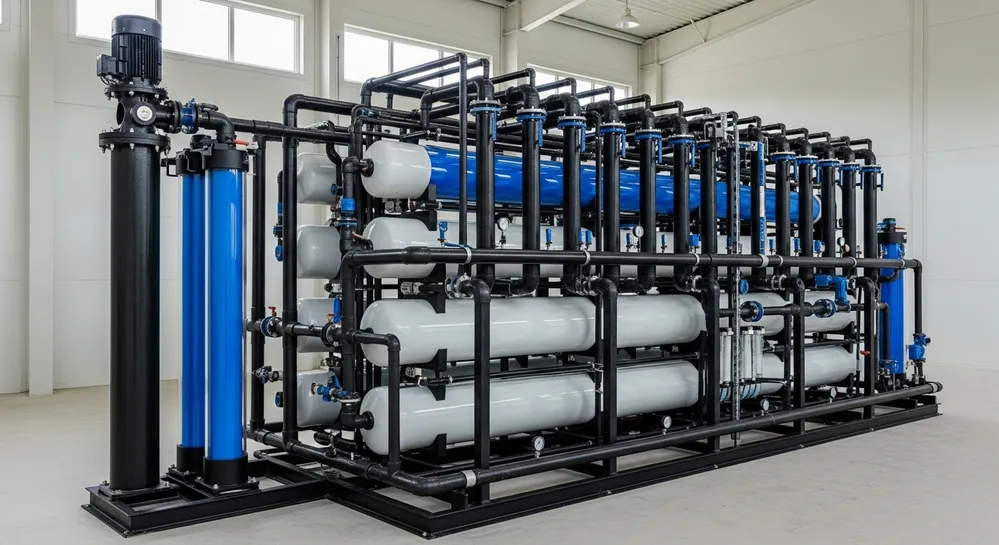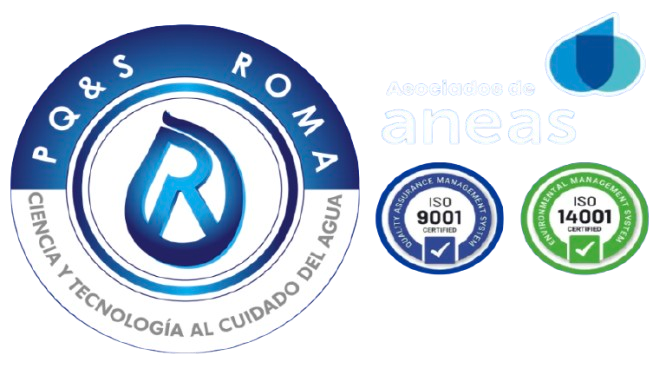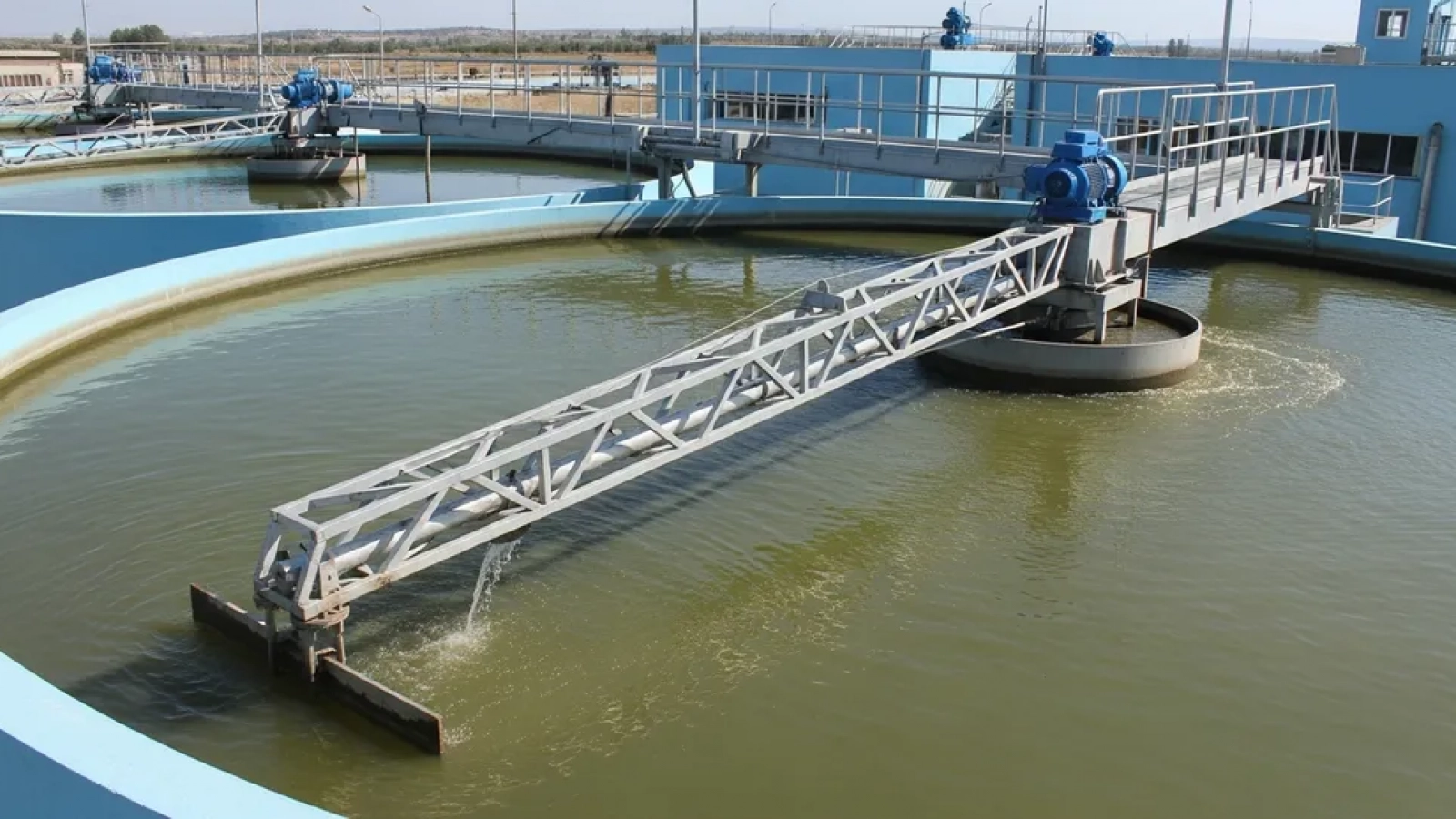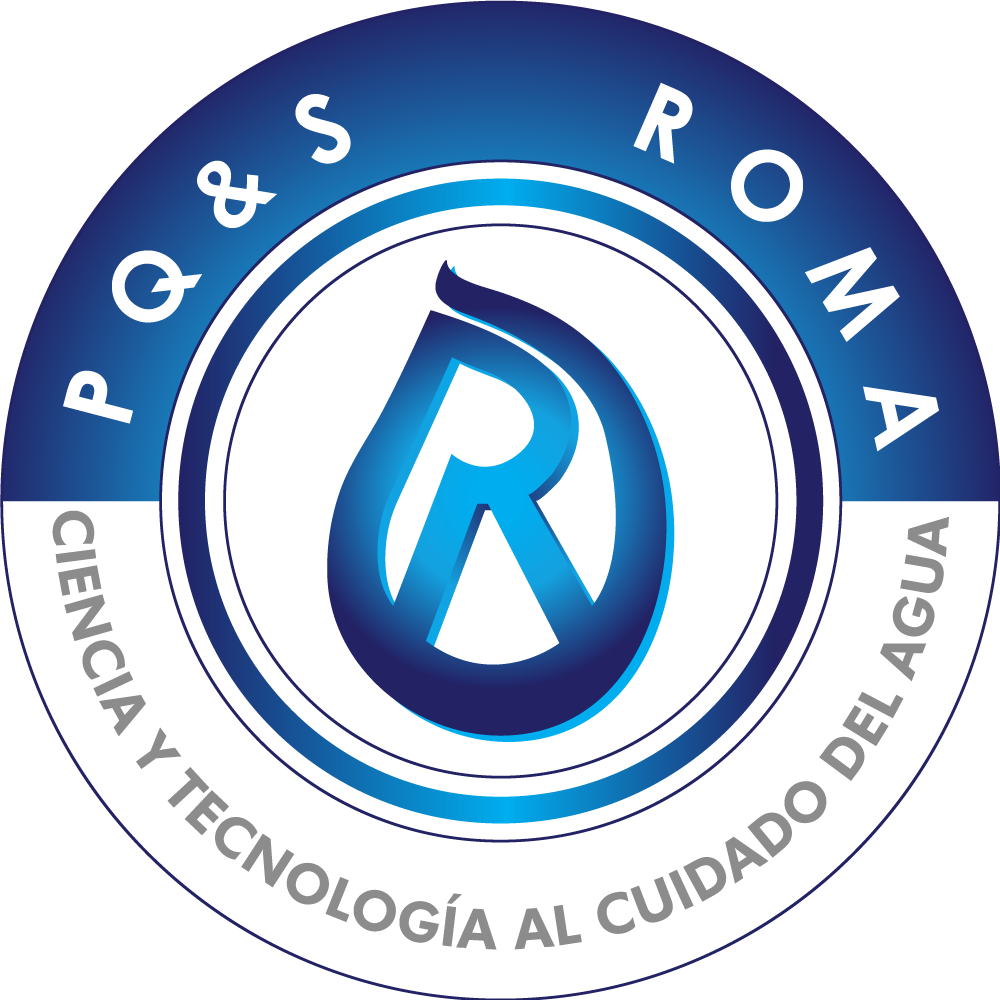Water quality is a critical factor in any industrial process. From food and beverage manufacturing to power generation, poor-quality water can lead to serious problems such as reduced efficiency, equipment damage, and compromised product quality. Purifying water for industrial services is not just a good practice—it’s an operational necessity to remove contaminants like solids, heavy metals, microorganisms, dissolved salts, and other undesirable compounds.
Water Sources and Common Contaminants
Water used for industrial purposes can come from various sources, each with its own set of challenges:
- Seawater: Highly saline and rich in microbial activity, posing a significant scaling risk in reverse osmosis systems.
- Surface water (rivers, lakes): Typically contains suspended solids, microorganisms, and exhibits quality variations depending on the season.
- Groundwater (wells): Contains high concentrations of dissolved salts and minerals but generally low microbiological content.
- Tertiary effluents: Water that has undergone basic treatment but still carries high organic and microbiological loads.
Key Contaminants and Problems
Water can contain a wide range of contaminants that, if not removed, cause serious issues. Hardness (calcium, magnesium, iron) is one of the most common problems, as it leads to scale buildup that reduces heat transfer in boilers and other equipment. Other contaminants include phosphates (which promote algae growth), silica (which causes clogging), and heavy metals such as lead or manganese, which are toxic.
Water Purification Systems
Various methods and technologies are used to combat these contaminants:
1- Filtration: Removing Solids
Filtration is a physical-mechanical process that removes solid particles from water. Multimedia filters, composed of layers of gravel, sand, and anthracite, are a robust solution for removing suspended solids and turbidity.
For specific applications, activated carbon filters are used to remove odors, tastes, color, and chlorine, thanks to carbon’s high adsorption capacity.
2- Softening: Goodbye to Scale
Water softening is a process designed to remove calcium and magnesium ions—the main culprits behind hardness and scale formation. This is achieved through ion exchange, where water passes through a resin bed that replaces hardness ions with sodium ions.
3- Membrane Filtration and Reverse Osmosis
Membrane filtration is an advanced technology that separates contaminants based on pore size.
- Microfiltration and Ultrafiltration: Remove particles, bacteria, and viruses—ideal for clarification and sterilization.
- Reverse Osmosis (RO): The most sophisticated process, applying pressure to reverse the natural flow of water through a semipermeable membrane that retains salts, ions, and other impurities. RO is essential for desalination and the production of ultrapure water in industries such as pharmaceuticals and electronics.
The efficiency of reverse osmosis depends on multiple factors such as feed pressure, temperature, pH, and salt concentration. Poor pretreatment or the absence of antiscalants can lead to membrane fouling, drastically reducing performance and lifespan.
Conclusion
Purifying water for industrial services is a multifaceted process that requires a combination of technologies tailored to each operation’s specific needs. From basic filtration to advanced reverse osmosis, each stage plays a crucial role in protecting equipment, optimizing processes, and ensuring quality.
At Químicos Roma, we specialize in designing and implementing comprehensive solutions for industrial water treatment.
Contact us for a personalized consultation and discover how we can help you secure the highest quality water supply for your business.






Add a Comment